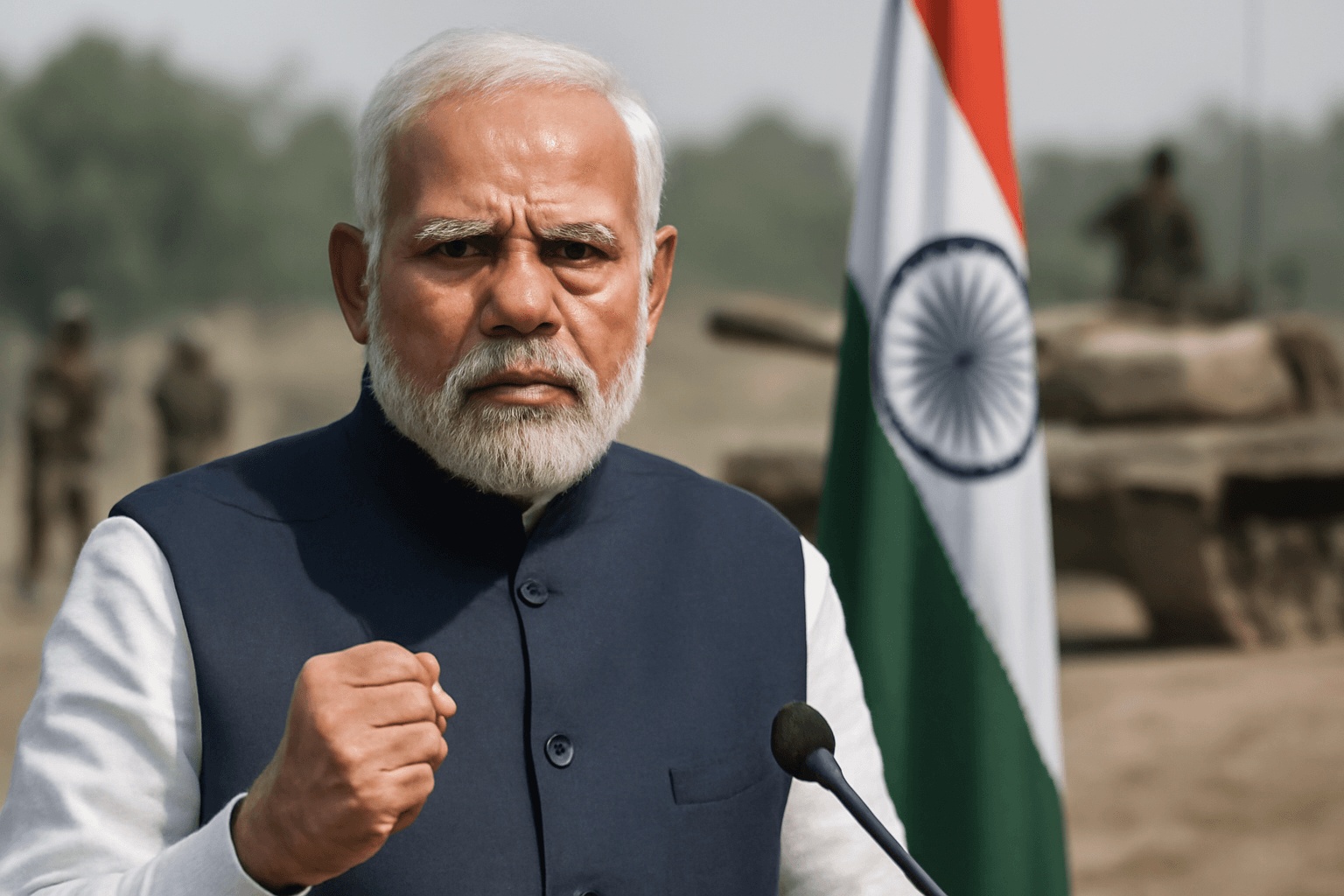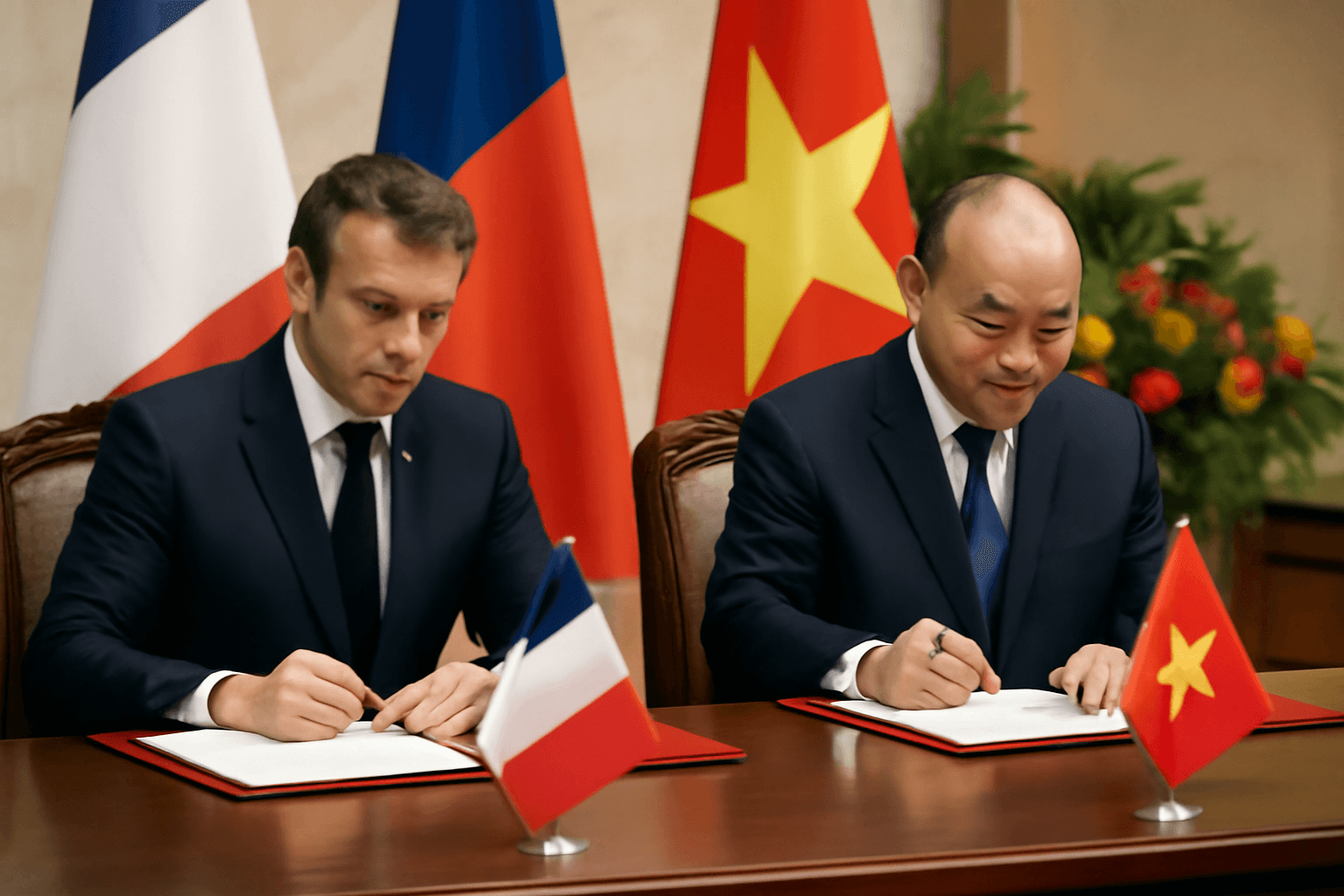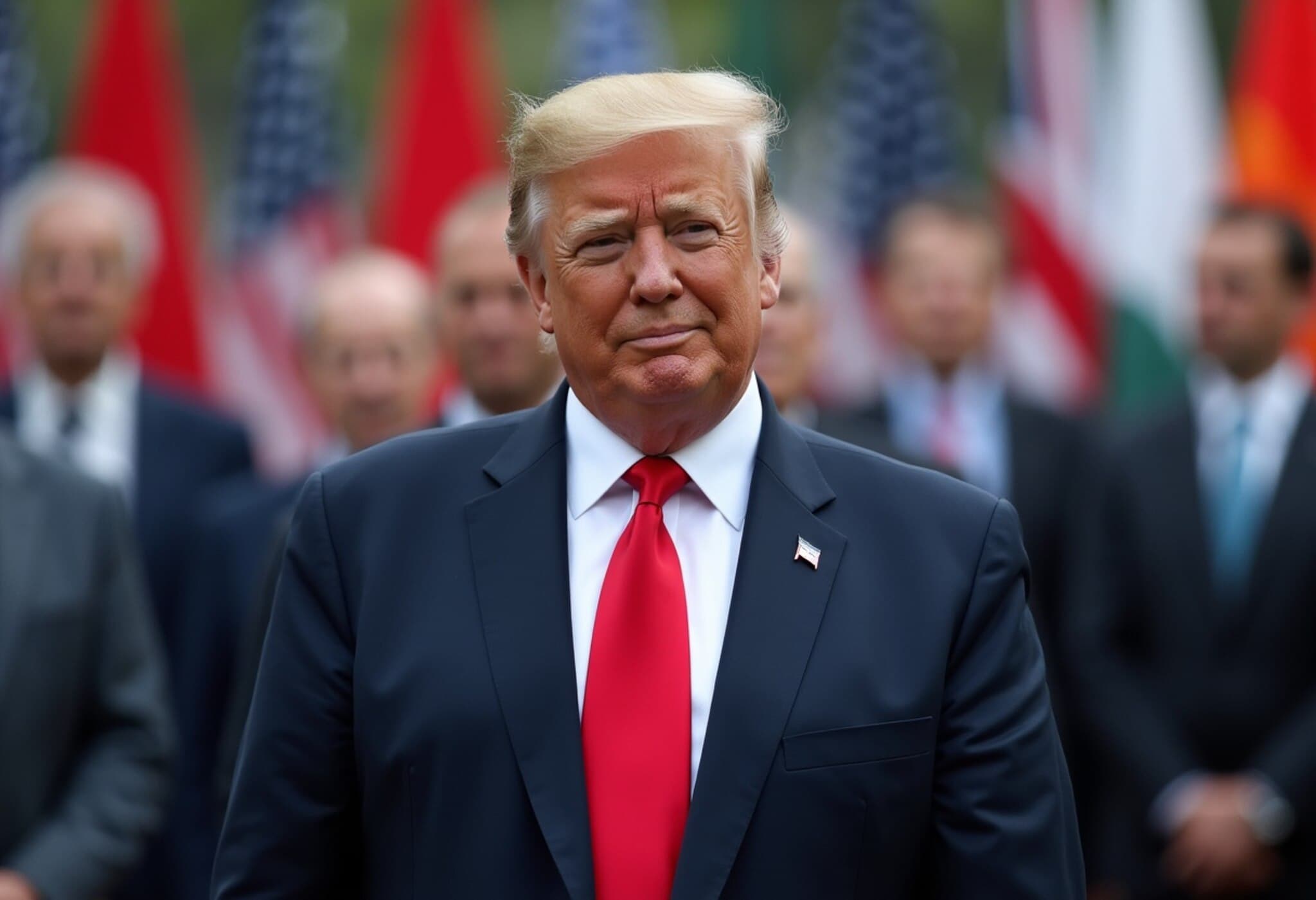Japan’s New Direction: Embracing Defense Exports
Japan, historically known for its pacifist constitution, is now making a notable pivot toward expanding its defense exports. This shift marks a significant change from its past policies, which primarily limited arms manufacturing to the needs of the Japan Self-Defense Forces (JSDF).
Key Figures Leading the Charge
Japan’s Defense Minister Gen Nakatani has expressed strong enthusiasm for promoting the country’s defense exports, aligning closely with Prime Minister Shigeru Ishiba, who recently became the first sitting prime minister to attend Japan’s largest defense exhibition. Their leadership signals a new focus on bolstering Japan’s role in the global arms market.
Security Concerns Drive Policy Shift
Experts emphasize that Japan’s motivations are rooted more in national security than commercial gain. Rising regional tensions have sparked a desire to strengthen defense capabilities and cooperation.
Rintaro Inoue, a research associate at a Tokyo-based think tank, explains that exporting arms isn’t simply about sales—it’s about fostering deeper ties and improving interoperability with allies. By standardizing equipment maintenance and conducting joint training programs, Japan aims to build a more integrated regional defense posture.
“This approach has been central since 2013, following the concept of a 'proactive contribution to peace,' which encourages collaboration with Western countries, particularly in security,” Inoue notes.
Historical Context and Evolving Policies
Under former Prime Minister Shinzo Abe, Japan revisited its interpretation of Article 9 of the constitution. This allowed the JSDF to participate in international peacekeeping and defend allied nations, laying the groundwork for a more outward-looking defense strategy.
Moreover, Japan is striving to revitalize its domestic defense industry, which has struggled amid heavy reliance on imported U.S. weaponry, like F-35 fighter jets and missile systems. This dependence had strained local suppliers, causing several to exit the defense sector over the past two decades.
Benefits of Expanding Defense Exports
Naoko Aoki, a political scientist specializing in defense industries, highlights that Japanese defense firms traditionally face limited domestic demand through the JSDF alone. Access to global markets offers them a broader customer base, enabling investments in production capacity, cost reductions, and operational flexibility.
“Stable, higher demand from abroad makes it feasible for companies to upgrade facilities and scale production—something a one-time domestic purchase simply doesn’t justify,” Aoki explains.
Current Market Position and Regional Comparison
As of 2024, Japan’s arms exports amounted to a modest 21 million TIV, representing just 0.1% of global arms exports. To put this in perspective, South Korea exported 936 million TIV (3.3%), while China led Asia with 1.13 billion TIV (3.9%) over the same period.
The Strategic Importance of Building Domestic Capacity
Veteran strategist David Roche points to a decade-long demand-supply gap in the global defense sector, making domestic production capacity a critical priority. Dependence on U.S. suppliers may become costly, especially as Washington expects allies to shoulder more defense spending.
U.S. Defense Secretary Pete Hegseth recently underscored this stance, urging allies to increase their defense budgets amidst rising global threats, including North Korea.
“If confidence in U.S. commitments wanes, countries like Japan must ensure their own security by investing robustly,” Roche adds.
Easing of Japan’s Arms Export Restrictions
Japan has long maintained stringent restrictions on arms sales, rooted in a 1967 policy that effectively banned most exports except limited transfers to the U.S. However, under Abe’s administration and later eased further by Prime Minister Fumio Kishida in 2023, these controls have loosened.
Today, Japan allows defense equipment produced under foreign licenses—such as Patriot missiles—to be exported back to the licensing country or even third parties, offering more flexibility.
Challenges Ahead for Japan’s Defense Industry
Neighboring South Korea has capitalized on global demand to expand its status as a major arms supplier. Japan, by contrast, faces hurdles including a shrinking workforce and an aging population that could constrain manufacturing growth.
Inoue warns, “Revitalizing manufacturing in Japan is no small feat given demographic trends.” Meanwhile, Aoki emphasizes that despite strong technological capabilities, Japan’s still-strict export regulations mean defense exports will likely remain primarily a strategic tool to strengthen alliances, particularly with the U.S.
Looking Forward
Japan's evolving approach to defense exports reflects a nuanced balancing act: maintaining its pacifist principles while adapting to a shifting security environment that demands greater self-reliance and stronger partnerships. As the global arms market grows more competitive, Japan’s ability to navigate regulatory, demographic, and geopolitical challenges will shape its role in the coming years.















